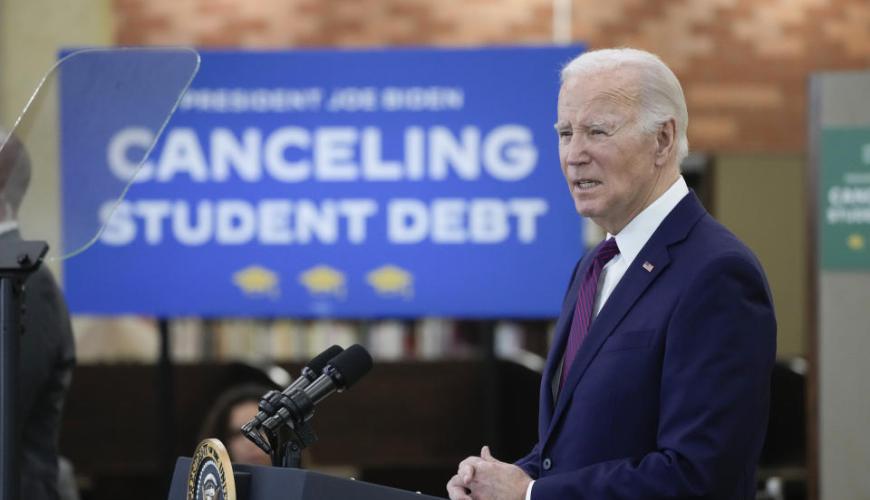US Student Loan Discharges: A Breakdown of the $1.2 Billion Released Under SAVE initiative by State
- 26 February 2024 2:00 AM

Texas, Florida, and California emerged as the states with the most beneficiaries from the automatic discharges of student loans issued this week. The White House unveiled data, indicating the number of beneficiaries from each state qualified for automatic relief under the Saving on A Valuable Education (SAVE) initiative.
This update adheres to the Department of Education’s announcement earlier this week that 153,000 borrowers owing an initial loan balance of $12,000 less, who have been repaying for a decade, had their student loans discharged, eradicating a total of $1.2 billion in debt.
This discharge is a component of the debt relief measures for individuals enrolled in the SAVE program. Originally intended to commence in July, the implementation was sped up last month, and recipients have now emerged from every state. Students can check their eligibility by logging on to their StudentAid.gov accounts or through confirmation emails sent by the Department of Education.
U.S. Secretary of Education, Miguel Cardona, emphasized that the nationwide SAVE program is evidence of the Biden administration’s tangible effect on people's lives across all states. He further reiterated the administration’s commitment towards making higher education affordable and accessible to more Americans.
Discharges are done progressively based on whether the SAVE program enrollees have hit the 10-year repayment threshold. This feature is unique to SAVE as it differs from the typical one-time payment adjustment available on all income-driven repayment plans.
The SAVE initiative provides loan forgiveness for every additional $1,000 owed above the $12,000 mark for every extra year of payment. Approximately 7.5 million borrowers are currently enrolled.
Notable features differentiating SAVE from other income-driven repayment plans include a debt discharge for borrowers with an initial loan balance that is $12,000 or less and have been repaying for 10 years, and a reduction of obligatory payments from 10% to 5% of discretionary income. Additionally, borrowers earning less than 225% of the federal poverty rate are exempted from making monthly payments, and no borrower will accrue unpaid monthly interest. This ensures the balance does not increase for those making their payments regularly.
Prospective students can enroll in SAVE through StudentAid.gov/SAVE. Since the Biden Administration took office, nearly $138 billion loans have been discharged, benefiting more than 3.9 million borrowers. Of this amount, $45.6 billion has been discharged to aid 930,500 borrowers under the income-driven repayment plans, which encompasses the one-off payment adjustment and SAVE discharges.
